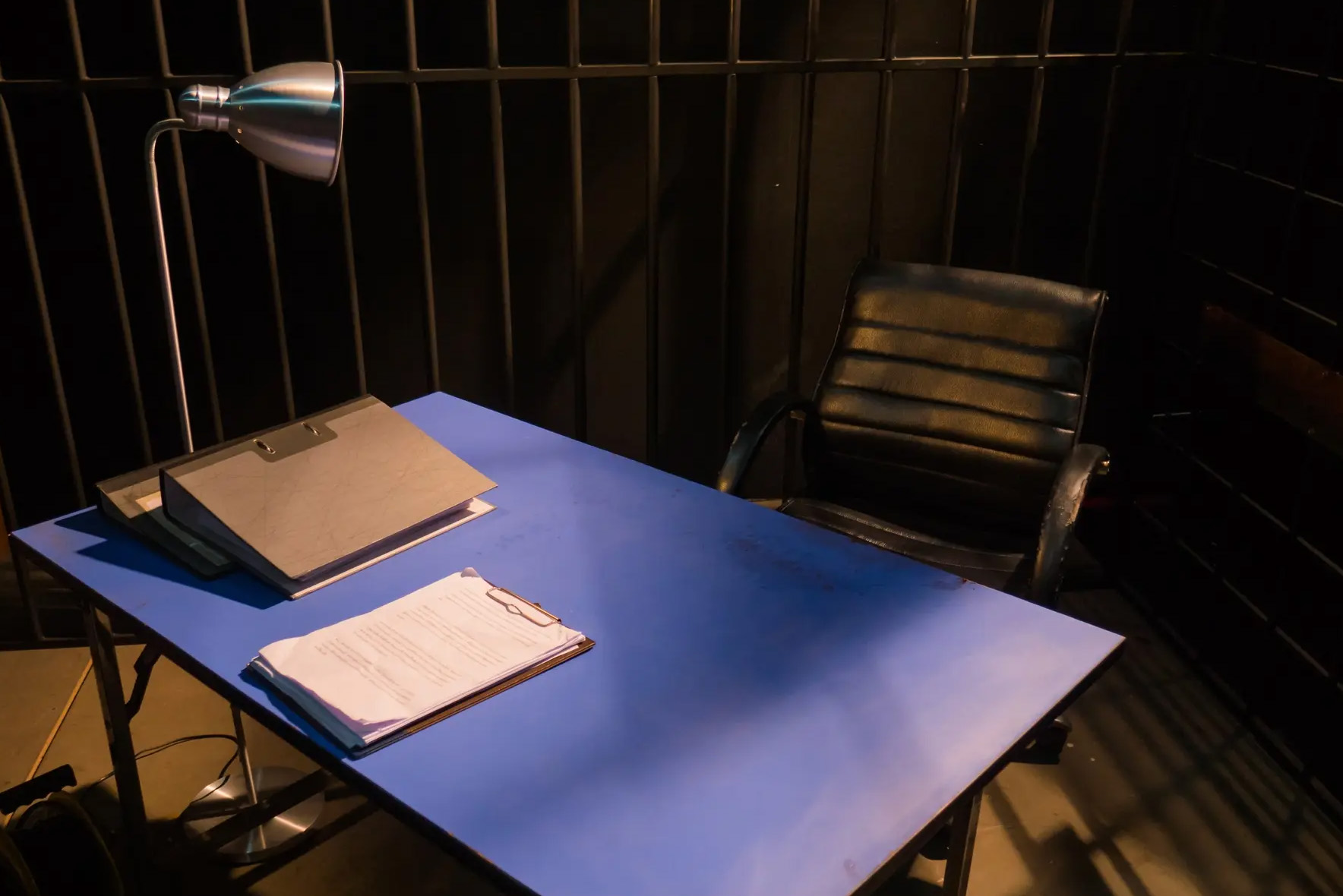A Wilder School summer course is asking students to break down societal barriers for a deeper understanding of all sides of the criminal justice system.
Gender, Crime, and Justice (CRJS 382) encourages students to broaden their perspectives on gender and develop a deeper understanding of the role gender plays across aspects of the criminal justice system. From offense prevention to correctional policies, the course examines nuances too often ignored in mainstream studies.
“Sometimes with gender, we just think women versus men but it’s clearly a lot more. We’re talking about this more inclusively,” said course instructor Christina Mancini, Ph.D. "For a long time, we’ve looked at these issues from a very narrow lens.”
Rewriting the rules
Mancini got her start working in a men’s correctional facility in Florida while she was an undergraduate. She worked with a program called ESUBA, “abuse spelled backward — because we were going to turn abuse around.”
Her beginnings in criminology and corrections led her to question how correctional systems are structured.
“My experiences started at the end of how we process people,” Mancini said. “They’ve made it through the full complement of the criminal justice system. I think the question lies in, ‘how can we prevent that?’”
In exemplifying her academic research, Mancini’s students are encouraged to examine policies from all perspectives of gender and how these systemic policies influence all individuals involved in the criminal justice system, from victims to perpetrators to officers.
“Historically, we’ve always separated people by biological sex. That’s bringing up a lot of challenges for correctional systems and even programming. We get into all of those nitty-gritty issues.”
Her research reveals that women currently make up only about 20% of the incarcerated population. “A very small number of women are currently incarcerated, which, if you think of it from a policy perspective, you’re not going to throw a lot of resources out at your minority population,” she shared.
Exploring masculinity, crime and victimhood
Mancini challenges her students to seek a deeper understanding of how gender expectations and expression can explain the underlying motivations behind committing criminal offenses.
“Masculinity is huge. There is a whole [body of] literature looking at masculinities and how they might shape men’s experiences. And in certain communities, there’s a higher emphasis on masculinity,” Mancini said. “That might explain some of the differences we see socio-demographically across groupings as well as across the country. Maybe certain regions emphasize this more than others. We look at it from all approaches.”
The course also challenges stereotypes about victimization and examines the close relationship between victim and perpetrator.
“When it comes to victimization, there’s less focus on men as victims — maybe primarily because of our stereotypes about what a true victim is.”
For Mancini, gender is not just a category, but a crucial piece of the puzzle to criminal justice reform. By examining the justice systems through a gender lens, students are not just learning — they’re developing new approaches to reenvision justice itself.

 “Historically, we’ve always separated people by biological sex. That’s bringing up a lot of challenges for correctional systems and even programming. We get into all of those nitty-gritty issues.”
“Historically, we’ve always separated people by biological sex. That’s bringing up a lot of challenges for correctional systems and even programming. We get into all of those nitty-gritty issues.”.jpg)

